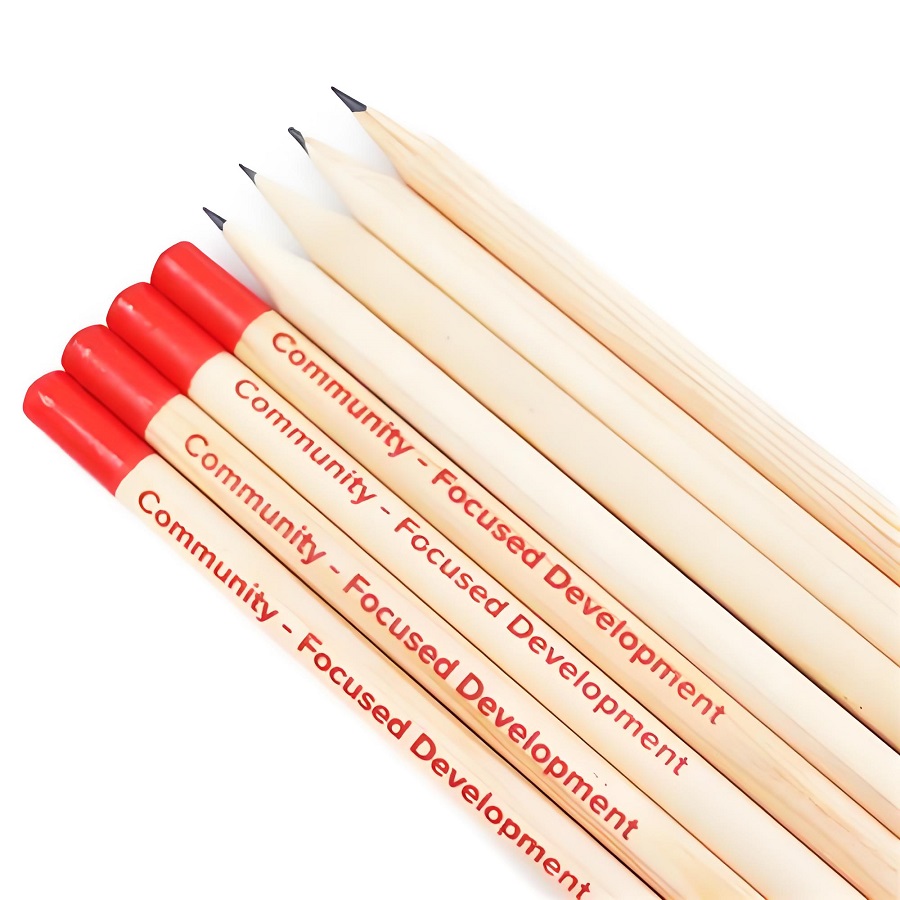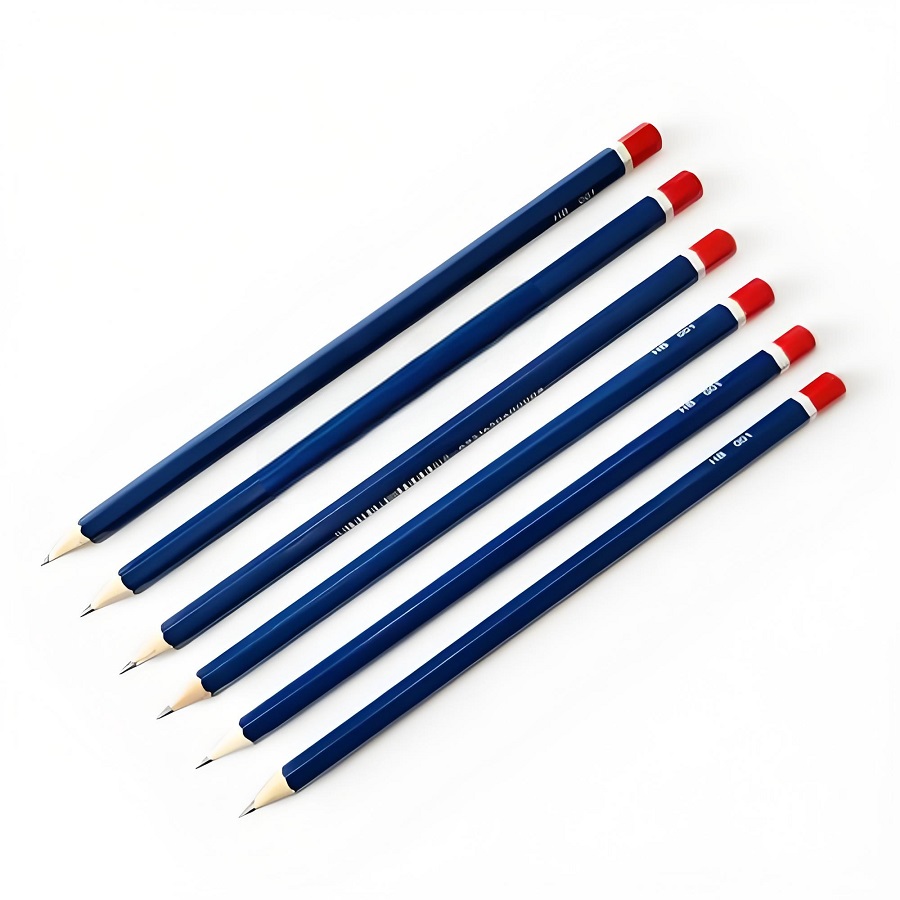Wood pencil drawing is an elegant and timeless art form that has captivated artists for centuries. The tactile experience of using wood pencils, coupled with their versatility and precision, makes them a preferred choice for many artists. Whether you’re a beginner looking to explore the world of drawing or an experienced artist seeking to refine your skills, understanding the nuances of wood pencil drawing can greatly enhance your artistic journey.

The Unique Charm of Wood Pencils
Wood pencils hold a unique charm that sets them apart from other drawing tools. The rich history of wood pencils dates back to the 16th century when the first pencils were made using graphite encased in wood. The tactile nature of wood pencils offers a more controlled and nuanced drawing experience, allowing for a range of expressive strokes and detailed work.
One of the major advantages of wood pencils is their range of hardness. Pencils are typically graded on a scale from hard (H) to soft (B), with each grade offering different levels of darkness and texture. This range allows artists to achieve various effects, from delicate lines to bold shading. Additionally, the natural feel and grip of a wooden casing provide a comfort that synthetic alternatives often lack.

When choosing a wood pencil, consider factors such as the type of wood used (poplar, basswood, or softwood), the hardness of the lead, and personal comfort. Notable brands like Faber-Castell, Prismacolor, and Staedtler offer high-quality wood pencils that cater to different artistic needs.
Choosing the Right Wood Pencils
Selecting the right wood pencil involves understanding your artistic needs and preferences. Key factors to consider include the lead’s hardness, the pencil’s length, the type of wood, and the color options available.
Lead Options
: The lead options typically available include black lead with thickness choices of 2.0mm and 2.2mm. These options ensure smooth and consistent writing and drawing, offering versatility for various artistic techniques.
Sizes
: Pencils come in different lengths, with 7-inch and 3.5-inch being common choices. The longer 7-inch pencils are ideal for prolonged use and detailed work, while the 3.5-inch pencils are compact and convenient for on-the-go sketching.
Materials
: The type of wood used in pencils affects their durability and sharpening ease. Common materials include poplar, basswood, and softwood, each offering unique benefits. Poplar is known for its smooth texture, basswood for its strength, and softwood for its ease of sharpening.
Colors
: Customization is a key aspect of modern wood pencils. Many suppliers offer a wide range of Pantone colors, allowing you to choose pencils that match your brand’s identity or personal preference.
Logo Customization
: Personalizing your pencils with a logo can add a professional touch. Methods such as stamping, silk screen printing, or full-color printing are available to create distinctive, branded pencils.
For bulk customization,
Durzerd
offers extensive options, while
Cpencils
is ideal for smaller orders.
Techniques for Wood Pencil Drawing
Mastering wood pencil drawing involves learning various techniques that can bring your artwork to life. Here are a few essential techniques to get you started:
Basic Drawing Techniques
: Begin with simple exercises such as creating lines, shading, and blending. Practice controlling the pressure you apply to the pencil to achieve different levels of darkness and texture.
Advanced Techniques
: As you gain confidence, experiment with more advanced techniques like gradients, cross-hatching, and stippling. Gradients involve smoothly transitioning from light to dark areas, while cross-hatching uses intersecting lines to create depth. Stippling, on the other hand, involves using dots to build up tone and texture.
Avoiding Common Mistakes
: Pay attention to common mistakes such as overworking areas, which can lead to smudging and loss of detail. Use a light touch and build up layers gradually. Additionally, keep your pencils sharp and use different pencil grades to achieve a range of effects.
For more detailed guidance on drawing techniques, websites like Artists Network offer tutorials and expert advice.
Maintaining and Caring for Your Wood Pencils
Proper maintenance and care can extend the life of your wood pencils and ensure consistent performance. Here are some tips:
Sharpening
: Use a quality sharpener to keep your pencils’ tips sharp and precise. Avoid over-sharpening, which can lead to breakage.
Storage
: Store your pencils in a cool, dry place away from direct sunlight. Consider using a pencil case or organizer to keep them protected and organized.
Cleaning and Repairing
: Occasionally clean your pencils with a soft cloth to remove graphite dust. If a pencil breaks, gently reattach the pieces using a small amount of wood glue.
For further information on pencil care, check out
Pencils.com
.
By understanding the unique qualities of wood pencils and mastering various drawing techniques, you can elevate your artistic skills and enjoy the timeless art of wood pencil drawing. Whether for personal use or as branded gifts, customized wood pencils offer a perfect blend of functionality and personalization.



